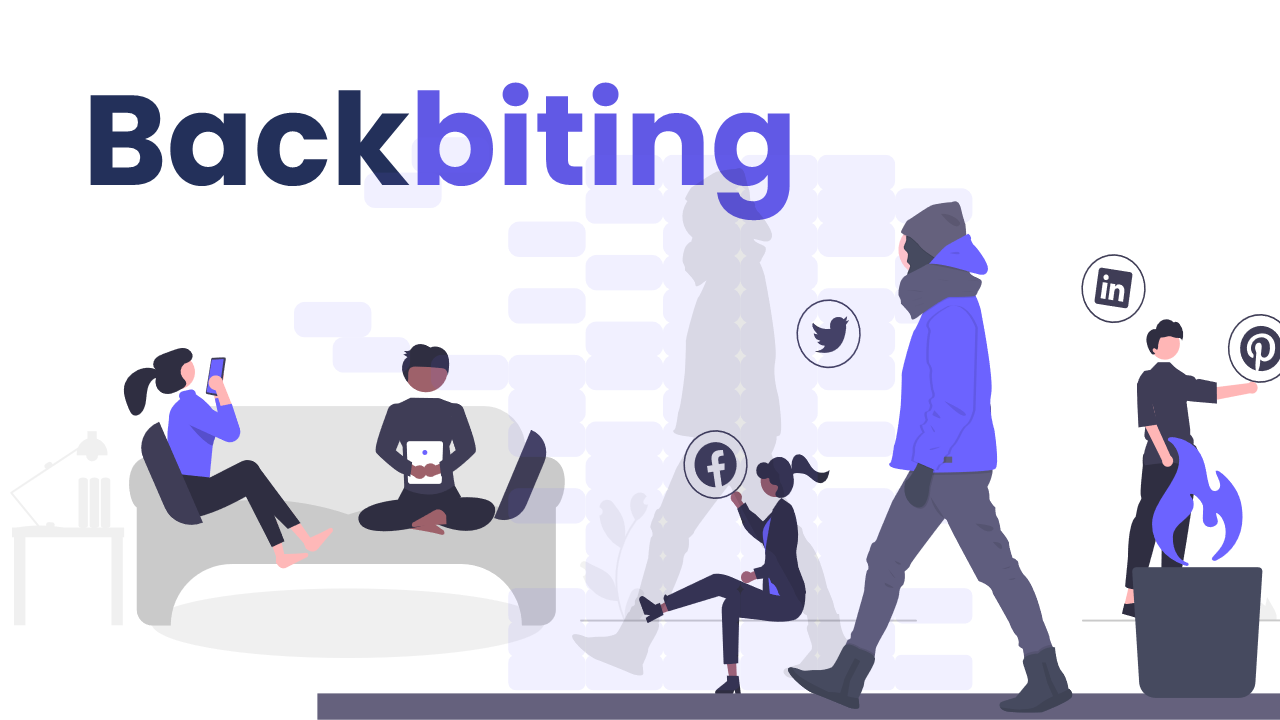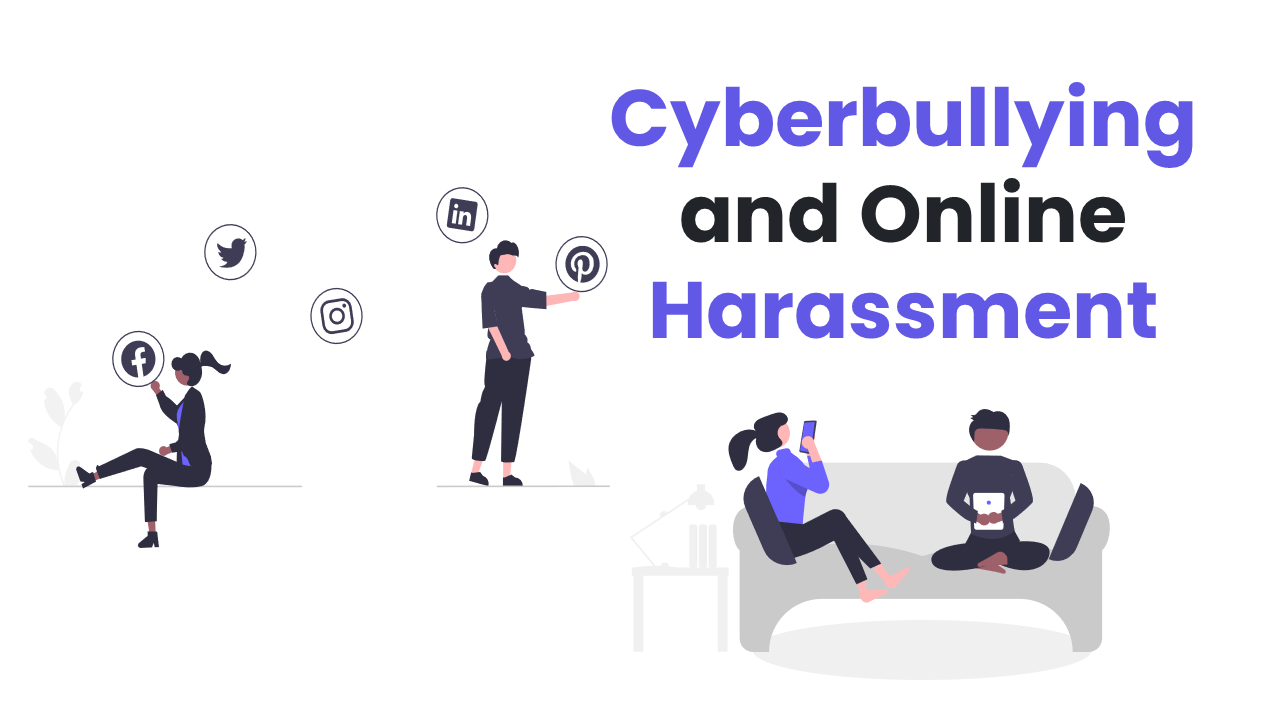Cyberbullying and Online Harassment
Cyberbullying and Online Harassment
Cyberbullying and online harassment have become prevalent problems in today's society, affecting individuals of all ages and walks of life. With the widespread use of the internet and social media, bullying has shifted from the physical to the digital world, making it easier for perpetrators to anonymously harass their victims. In this blog, we will explore the negative effects of cyberbullying and online harassment, and ways to prevent and address these issues.
What is Cyberbullying and Online Harassment?
Cyberbullying is a form of bullying that takes place online, through social media, texting, email, or other electronic communication. Online harassment refers to any unwanted or threatening behavior that takes place over the internet. Both of these types of behavior can be severe and cause serious harm to the victim.
Effects of Cyberbullying and Online Harassment
Cyberbullying and online harassment can have devastating effects on the victim. Some of the effects include:
-
Low self-esteem: Victims of cyberbullying and online harassment may experience low self-esteem and feelings of worthlessness.
-
Depression and anxiety: Being the target of negative comments and threats can lead to depression and anxiety, which can interfere with daily life and mental health.
-
Difficulty sleeping: Victims of cyberbullying and online harassment may experience difficulty sleeping, leading to a decline in overall physical and mental health.
-
Isolation: Being bullied or harassed online can lead to feelings of isolation, making the victim feel disconnected from their peers and family members.
-
Increased risk of self-harm: Cyberbullying and online harassment can increase the risk of self-harm and suicide, especially among teens and young adults.
Preventing Cyberbullying and Online Harassment
There are steps that individuals, schools, and organizations can take to prevent cyberbullying and online harassment. These include:
-
Education: Educating individuals, particularly children and teens, about the dangers of cyberbullying and online harassment is critical in preventing it from happening.
-
Setting privacy settings: Encouraging individuals to set strong privacy settings on their social media accounts can prevent others from seeing their personal information and using it to bully or harass them.
-
Reporting: Encouraging individuals to report any instances of cyberbullying or online harassment is crucial in stopping it from happening.
-
Zero-tolerance policies: Schools and organizations should have zero-tolerance policies for cyberbullying and online harassment, which includes strict consequences for perpetrators.
-
Support: Providing support and resources to victims of cyberbullying and online harassment is essential in helping them recover from the experience.
Addressing Cyberbullying and Online Harassment
If you or someone you know is experiencing cyberbullying or online harassment, it's important to address it as soon as possible. Here are steps you can take:
-
Document evidence: Keep a record of any harassing messages or comments, including the date, time, and sender.
-
Block the harasser: If the harassment is happening through social media or instant messaging, block the person who is harassing you.
-
Report the abuse: Report the abuse to the platform it is happening on, or to law enforcement if the harassment is severe.
-
Seek support: Reach out to family, friends, or a professional counselor for support and help in dealing with the experience.
-
Stay safe: Take steps to protect yourself and your personal information, such as changing your passwords and avoiding communicating with the harasser.
Law in India for Cyberbullying and Online Harassment
In India, the Information Technology Act, 2000 and the Indian Penal Code, 1860 provide legal provisions for addressing the issue of cyberbullying and online harassment.
Section 66A of the Information Technology Act, 2000 deals with the punishment for sending offensive messages through communication services. If an individual is found guilty of sending any information that is grossly offensive or has a menacing character, he or she can be punished with imprisonment for a term that may extend to three years and with fine.
Section 509 of the Indian Penal Code, 1860 deals with the punishment for uttering any word or making any gesture intended to insult the modesty of a woman. This section can be invoked in cases of cyberbullying and online harassment where women are targeted.
Additionally, the Indian government has also established a Cyber Crime Reporting Portal where victims can report incidents of cybercrime, including cyberbullying and online harassment. The portal provides a secure and convenient platform for reporting such crimes and helps in tracking and investigating the same.
In conclusion, the laws in India provide a strong legal framework for addressing the issue of cyberbullying and online harassment. The government is taking active measures to ensure that individuals are protected from such crimes and are provided with a secure and convenient platform for reporting the same.
In conclusion, cyberbullying and online harassment are serious problems that can have devastating effects on the victim
Cyberbullying and online harassment have become major issues in the digital age, affecting people of all ages and backgrounds. These behaviors can take many forms, including online bullying, trolling, cyberstalking, and online hate speech, and can have serious and long-lasting impacts on the mental health and well-being of their victims. In this blog post, we will discuss the problems associated with cyberbullying and online harassment and some possible solutions to these issues.
-
Anonymity: One of the biggest problems with cyberbullying and online harassment is that it often takes place anonymously. This can make it difficult for victims to identify their tormentors, leaving them feeling helpless and powerless. In addition, anonymity can also increase the likelihood of bullying, as the lack of accountability can lead to more aggressive and hurtful behavior.
-
Reach: Another major problem with cyberbullying is its reach. Unlike traditional bullying, which is often limited to a specific place or group, cyberbullying can be seen by millions of people, making it difficult for victims to escape the negative attention. This can lead to feelings of isolation and loneliness, and in some cases, even depression and suicide.
-
Lack of Regulation: Currently, there is limited regulation of online behavior, and many platforms are not doing enough to address cyberbullying and online harassment. This lack of regulation leaves victims with few options for reporting abuse and seeking help.
-
Perpetuation of Harmful Stereotypes: Cyberbullying can also perpetuate harmful stereotypes and prejudices, such as racism, sexism, and homophobia. This type of hate speech can have a devastating impact on the mental health of the victims, and can also contribute to a culture of hate and discrimination.
-
Mental Health Impacts: Perhaps the most serious problem with cyberbullying and online harassment is the impact it has on the mental health of the victims. Studies have shown that these behaviors can lead to depression, anxiety, and in some cases, even suicide.
Fortunately, there are steps that can be taken to address cyberbullying and online harassment. Some possible solutions include:
-
Education: Educating individuals, especially young people, about the dangers of cyberbullying and online harassment is one of the most effective ways to prevent these behaviors. By teaching digital literacy and responsible online behavior, individuals can learn how to recognize and avoid these behaviors.
-
Regulation: Implementing stricter regulation of online behavior can help to reduce the frequency and severity of cyberbullying and online harassment. This could include stronger penalties for those who engage in these behaviors, and a requirement for platforms to take more active steps to address these issues.
-
Support for Victims: Providing support for victims of cyberbullying and online harassment is also important. This could include counseling and other mental health services, as well as access to legal and technical support for those who wish to report the abuse.
-
Technology-Based Solutions: Finally, technology-based solutions can also play a role in addressing cyberbullying and online harassment. For example, machine learning algorithms can be used to detect and remove harmful content, while apps and platforms can be designed to promote positive and respectful online behavior.
In conclusion, cyberbullying and online harassment are serious and growing problems that require a comprehensive and multi-faceted solution. By working together, we can help to create a safer and more supportive online community, and ensure that all individuals can enjoy the benefits of the digital age without fear of harm.





































